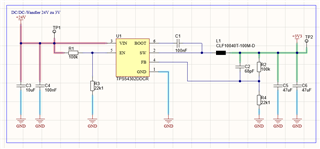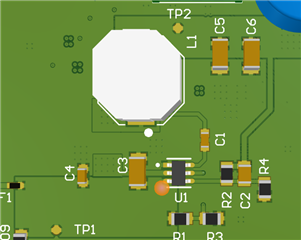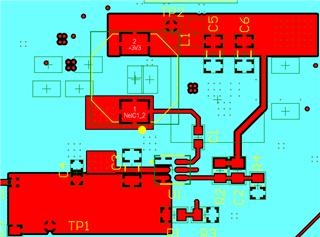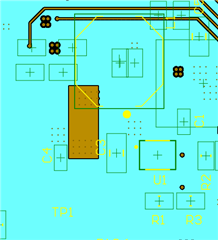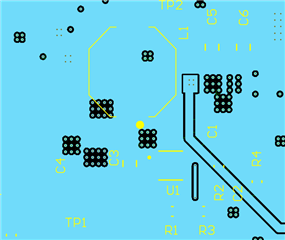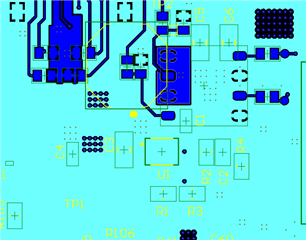Tool/software:
Greetings,
it seems like I'm experiencing the same problem like described in https://e2e.ti.com/support/power-management-group/power-management/f/power-management-forum/1314203/tps54302-device-sink-from-output .
Unfortunately the answer in that thread was given by private email.
Would you mind shareing the response?
Best regards.



